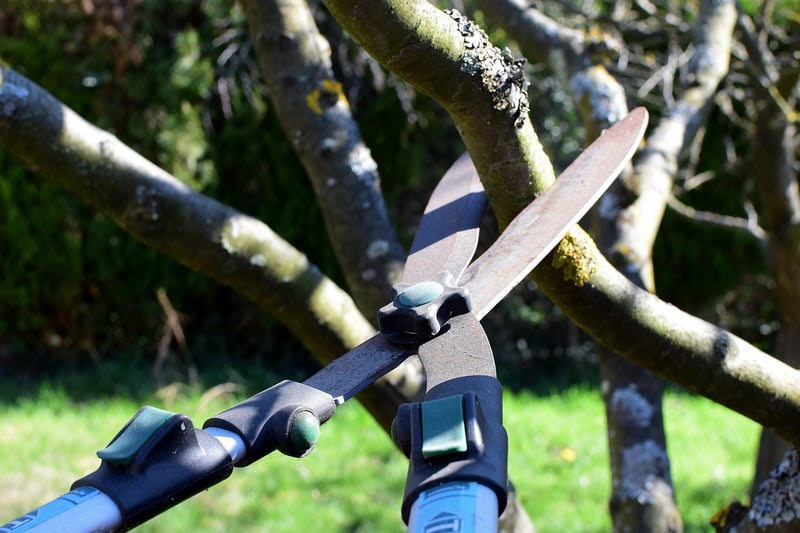Pruning Techniques
Essential Plant Maintenance and Pruning Techniques
Proper plant maintenance and pruning are crucial for the health and aesthetics of your garden. By understanding the key techniques and best practices, you can ensure your plants thrive and flourish. Below are some essential tips to help you maintain your plants effectively.
1. Regular Watering
Watering is essential for plant health. Ensure your plants receive an adequate amount of water, especially during dry periods. Be mindful not to overwater as it can lead to root rot.
2. Soil Care
Good soil is the foundation of a healthy garden. Regularly check and improve the soil quality by adding compost or fertilizer to provide essential nutrients to your plants.
3. Pruning Techniques
Pruning is the process of removing dead or overgrown branches to promote plant growth and improve overall appearance. Here are some pruning techniques:
- Deadheading: Remove dead flowers to encourage new blooms.
- Thinning: Remove excess branches to improve air circulation and sunlight penetration.
- Heading back: Cut back a portion of a branch to stimulate new growth.
- Rejuvenation pruning: Cut back old, overgrown plants to encourage new, healthier growth.
4. Timing is Key
Prune your plants at the right time to avoid damaging them. Research the specific pruning needs of each plant species as timing can vary depending on the plant.
5. Use the Right Tools
Invest in quality pruning tools such as shears, loppers, and saws. Keep your tools clean and sharp to make clean cuts that promote plant healing.
6. Consult a Professional
If you are unsure about how to prune a specific plant or tree, consider consulting a professional gardener or arborist. They can provide guidance tailored to your garden's unique needs.
By following these essential plant maintenance and pruning techniques, you can keep your garden looking vibrant and healthy throughout the year.

Remember, proper care and attention to your plants will reward you with a beautiful and thriving garden!
